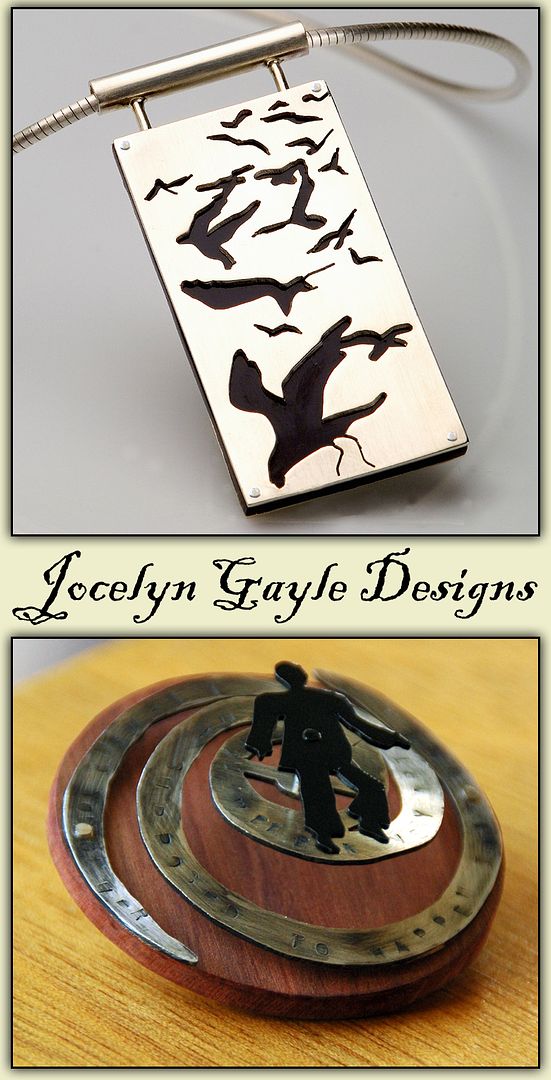One of the little tasks I helped the Mistress of Sarcasm with this weekend was setting up the last item in her new metals and jewelry studio: the Torch.
No pussy-ass Bernz-O-Matic™ here. The Mistress uses an acetylene torch, which can generate a flame as hot as 4200°F for brazing and soldering precious metals. If that’s not hot enough, the next step upward on the Serious Hot Shit Scale is the oxy-acetylene torch, which uses pressurized oxygen instead of air as an oxidizer. But there’s no point in burning the whole fucking house down, is there? Keeping cylinders of compressed oxygen around starts getting scary.
I learned about acetylene way back in the early 1970’s while studying organic chemistry. Take two carbon molecules and hook ’em together with a single bond, and you have ethane: C2H6. Yank out two of those hydrogen atoms so that there’s a double bond between the carbons and you have ethene, AKA ethylene: C2H4. Because that double bond can be snapped open to allow those carbons to react with so many other chemicals, ethylene is one of the most versatile building block chemicals there is, used to make everything from plastics (polyethylene) to antifreeze to fertilizer.
Now pull away two more hydrogens, so that the two carbons are locked together with a triple bond. You have ethyne, AKA acetylene: C2H2. That triple bond is packed with potential energy; when acetylene burns, it burns like a motherfucker.
It’s tricky shit, this acetylene. At high pressures, it has a tendency to decompose, changing spontaneously into carbon and hydrogen. The only problem is, this decomposition is accompanied by a nice, loud deflagration. BOOM! This means you can’t just cram a whole bunch of it into a high-pressure cylinder, as you would other gases like oxygen, hydrogen, or helium. Instead, acetylene cylinders are filled with an absorbent material like kapok or diatomaceous earth into which acetone is injected: up to a third of the cylinder volume. The acetylene is then dissolved in the acetone. That way, you can get plenty of acetylene in a pressurized cylinder without it blowing up.
The Mistress is safety-conscious. She has all the goggles, gloves, and other protective equipment; she also knew to get a ratchet strap so we could attach the acetylene cylinder firmly to her workbench. You do not want a compressed gas cylinder to fall down and knock its valve off. An oxygen bottle would take off like a rocket, an unguided 100-pound missile: bad enough, but an acetylene cylinder would release a cloud of explosive gas big enough to take out half a city block. Bad, bad juju.
We got this baby set up Saturday afternoon. Strapped the cylinder, blew out the valve, attached the regulator and hose, opened the tank and regulator valves, and leak-tested all the connections. Then we fired it up. Success!
Anyone want a Crème Brulée with a nice, crispy burnt sugar glaze? The Mistress can crank ’em out for you faster’n you can say pyromaniac!
No pussy-ass Bernz-O-Matic™ here. The Mistress uses an acetylene torch, which can generate a flame as hot as 4200°F for brazing and soldering precious metals. If that’s not hot enough, the next step upward on the Serious Hot Shit Scale is the oxy-acetylene torch, which uses pressurized oxygen instead of air as an oxidizer. But there’s no point in burning the whole fucking house down, is there? Keeping cylinders of compressed oxygen around starts getting scary.
I learned about acetylene way back in the early 1970’s while studying organic chemistry. Take two carbon molecules and hook ’em together with a single bond, and you have ethane: C2H6. Yank out two of those hydrogen atoms so that there’s a double bond between the carbons and you have ethene, AKA ethylene: C2H4. Because that double bond can be snapped open to allow those carbons to react with so many other chemicals, ethylene is one of the most versatile building block chemicals there is, used to make everything from plastics (polyethylene) to antifreeze to fertilizer.
Now pull away two more hydrogens, so that the two carbons are locked together with a triple bond. You have ethyne, AKA acetylene: C2H2. That triple bond is packed with potential energy; when acetylene burns, it burns like a motherfucker.
It’s tricky shit, this acetylene. At high pressures, it has a tendency to decompose, changing spontaneously into carbon and hydrogen. The only problem is, this decomposition is accompanied by a nice, loud deflagration. BOOM! This means you can’t just cram a whole bunch of it into a high-pressure cylinder, as you would other gases like oxygen, hydrogen, or helium. Instead, acetylene cylinders are filled with an absorbent material like kapok or diatomaceous earth into which acetone is injected: up to a third of the cylinder volume. The acetylene is then dissolved in the acetone. That way, you can get plenty of acetylene in a pressurized cylinder without it blowing up.
The Mistress is safety-conscious. She has all the goggles, gloves, and other protective equipment; she also knew to get a ratchet strap so we could attach the acetylene cylinder firmly to her workbench. You do not want a compressed gas cylinder to fall down and knock its valve off. An oxygen bottle would take off like a rocket, an unguided 100-pound missile: bad enough, but an acetylene cylinder would release a cloud of explosive gas big enough to take out half a city block. Bad, bad juju.
We got this baby set up Saturday afternoon. Strapped the cylinder, blew out the valve, attached the regulator and hose, opened the tank and regulator valves, and leak-tested all the connections. Then we fired it up. Success!
Anyone want a Crème Brulée with a nice, crispy burnt sugar glaze? The Mistress can crank ’em out for you faster’n you can say pyromaniac!




















No comments:
Post a Comment